For easy reference, here is the NCAA football targeting rule (9-3 & 9-4) taken from the 2021 NCAA Rulebook
Targeting and Making Forcible Contact With the Crown of the Helmet
ARTICLE 3. No player shall target and make forcible contact against an opponent with the crown of their helmet. The crown of the helmet is the portion of the helmet above the level of the top of the facemask. This foul requires that there be at least one indicator of targeting (See Note 1 below). When in question, it is a foul. (Rule 9-6) (A.R. 9-1-3-I)
Targeting and Making Forcible Contact to Head or Neck Area of a Defenseless Player
ARTICLE 4. No player shall target and make forcible contact to the head or neck area of a defenseless opponent (See Note 2 below) with the helmet, forearm, hand, fist, elbow or shoulder. This foul requires that there be at least one indicator of targeting (See Note 1 below). When in question, it is a foul
(Rules 2-27-14 and 9-6). (A.R. 9-1-4-I-VI)
Note 1: “Targeting” means that a player takes aim at an opponent for purposes
of attacking with forcible contact that goes beyond making a legal tackle or a legal block or playing the ball. Some indicators of targeting include but are not limited to:
• Launch. A player leaving their feet to attack an opponent by an upward and forward thrust of the body to make forcible contact in the head or neck area.
• A crouch followed by an upward and forward thrust to attack with forcible contact at the head or neck area, even though one or both feet are still on the ground.
• Leading with helmet, shoulder, forearm, fist, hand or elbow to attack with forcible contact at the head or neck area.
• Lowering the head before attacking by initiating forcible contact with the crown of the helmet.
Note 2: Defenseless player (Rule 2-27-14). When in question, a player is defenseless. Examples of defenseless players include but are not limited to:
• A player in the act of or just after throwing a pass.
• A receiver attempting to catch a forward pass or in position to receive a backward pass, or one who has completed a catch and has not had time to protect themselves or has not clearly become a ball carrier.
• A kicker in the act of or just after kicking a ball, or during the kick or the return.
• A kick returner attempting to catch or recover a kick, or one who has completed a catch or recovery and has not had time to protect themselves or has not clearly become a ball carrier.
• A player on the ground.
• A player obviously out of the play.
• A player who receives a blind-side block.
• A ball carrier already in the grasp of an opponent and whose forward progress has been stopped.
• A quarterback any time after a change of possession
• A ball carrier who has obviously given themselves up and is sliding feet-first.

